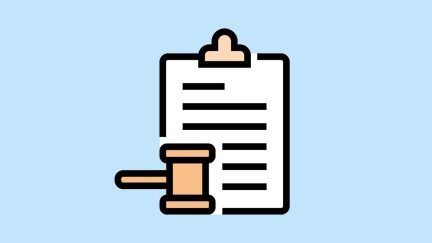Want the latest retirement plan adviser news and insights? Sign up for PLANADVISER newsletters.
DOL At Work on Finalizing Definition of Retirement Investment Advice
EBSA head Gomez tells NAPA 401(k) Summit audience that the DOL is working on sharper definitions of what constitutes retirement saving recommendations before finalizing the Retirement Security Rule.
The Department of Labor is working to hone the definition of what constitutes investment advice versus education and product descriptions for retirement savers, a top official told an audience of plan advisers and providers in Nashville Sunday.
The DOL’s Retirement Security Rule, also known as the fiduciary proposal, is currently in inter-agency review after receiving industry feedback, Lisa M. Gomez, assistant secretary, employee benefits security administration said during a session at the National Association of Plan Advisors’ 401(k) Summit.
One key area of refining the proposal is “the basic issue of what is an investment recommendation and when you cross the line between talking about investments and actually recommending something to someone,” Gomez said. “That is certainly something you will see in the final rule—more discussion of that.”

Lisa Gomez
The Retirement Security Rule, which was first proposed in October 2023, would replace the current five-point fiduciary test in the Employee Retirement Income Security Act of 1974 with one that applies fiduciary status to many one-time retirement-related investment transactions, including rollovers to individual retirement accounts, annuity sales and qualified plan investment menu design.
EBSA head Gomez was discussing the proposed amendment on stage with Brian Graff, executive director of NAPA and CEO of the American Retirement Association. NAPA was an early supporter of the proposal, specifically the amendment that would put a fiduciary standard to retirement plan advisement for small businesses.
Gomez noted that, as the DOL works on the final rule, it is defining when discussion of investing with a client crosses the line into giving a recommendation versus salespeople making a pitch for business or explaining product offerings.
The DOL will be defining when an adviser is “outside fiduciary territory, and when are you inside fiduciary territory,” she said. “We are trying to give more examples about that line.”
Another area Gomez pointed to is participant education around investing. She said while the DOL wants people to have education, there needs to be clarity around when an educator is crossing the line into being a fiduciary and giving individual recommendations.
Gomez said industry comments have been helpful. She noted that the DOL received a little more than 400 substantive comments about the controversial proposed amendments, which were different from the more than 20,000 petitions they received that often said similar things.
Some of those commentators argued that the proposal is not necessary because investment advice is already covered by the Securities and Exchange Commission’s Regulation Best Interest rule, and advice concerning retirement income annuities is covered by state-level regulation via the National Association of Insurance Commissioners. Those dissenters have argued that the rule will dissuade advisers from offering services to lower-asset holders.
The EBSA head said the DOL will seek to address how the Retirement Security Rule differs from, and works in a “holistic sense” with, those other regulations.
The DOL’s ruling is likely to be met almost immediately by lawsuits, both Gomez and Graff agreed. A fiduciary proposal proposed by President Barack Obama’s administration also faced such pushback and was ultimately was voided by the U.S. 5th Circuit Court of Appeals in 2018.
Gomez noted that this round of policymaking has very different elements, and that commentators should “read the rule” before making judgment. In general, she said the department is focused on ensuring retirement investors, who believe they are getting professional recommendations based on their circumstances, can get that advice with the comfort that it is in their best interest.
“That’s the core of the rule and what we are trying to get at from a policy perspective while understanding the nuisances and the different things that need to be taken into consideration in delivering on that promise for retirement investors,” Gomez said.
Graff and Gomez also discussed other regulatory issues, including a recent DOL extension of a comment period for how to improve the reporting and disclosures regime for retirement plans governed by ERISA—stemming from Section 319 of the SECURE 2.0 Act of 2022.
Gomez noted that she saw the issues around unclear retirement plan disclosures to participants from her time working in private practice as an ERISA attorney with Cohen, Weiss and Simon LLP.
You Might Also Like:

2025 Employee Benefits Reporting Forms Unveiled by Federal Agencies

DOL Weighs Amicus Brief in Lockheed Martin PRT Case

